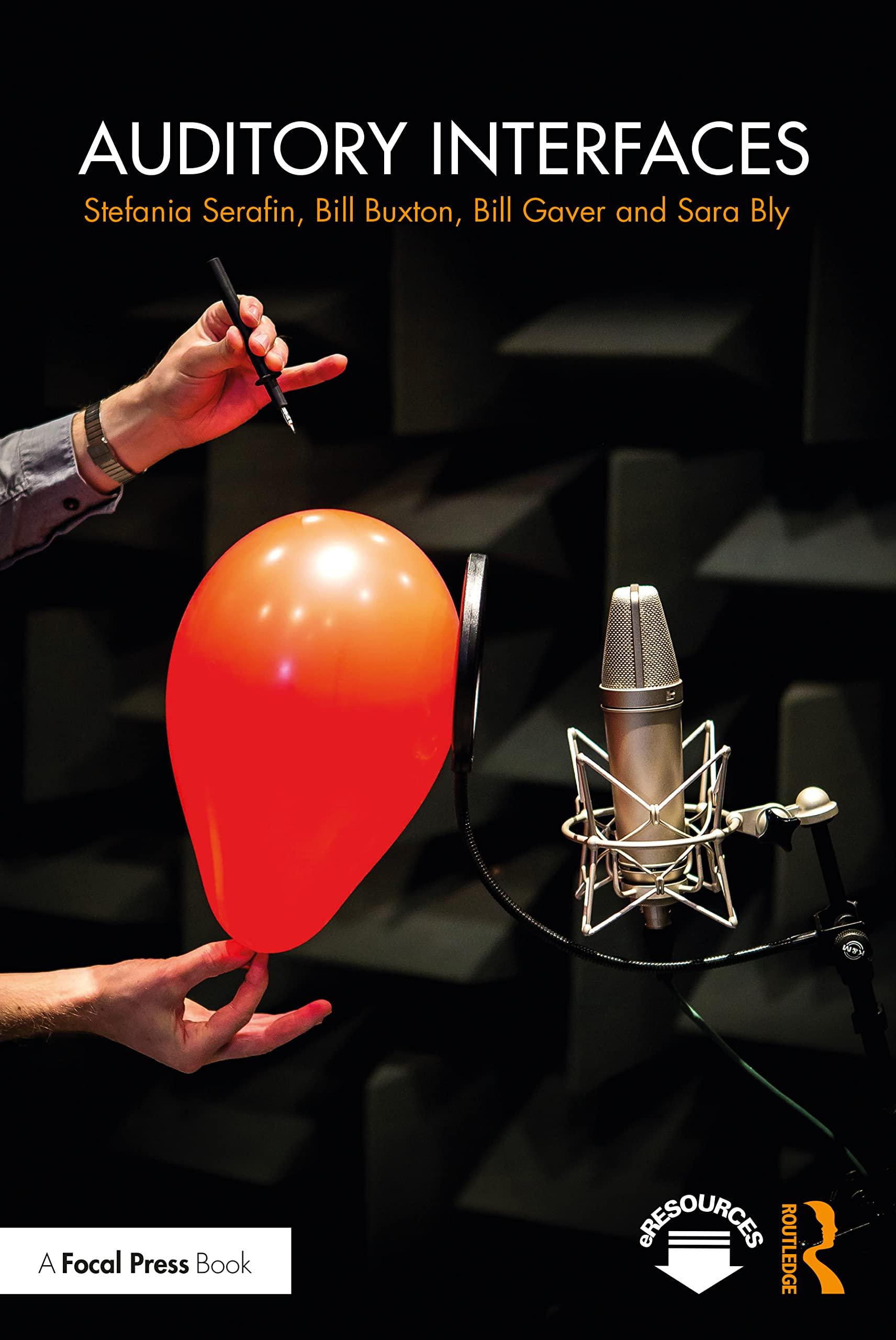i have posted it before and no one helped me!
2. Money supply, money demand, and adjustment to monetary equilibrium The following table gives the quantity of money demanded at various price levels (P), the money demand schedule. In the following table, fill in the column labeled Value of Money. Now consider the relationship between the quantity of money that people demand and the price level. The lower the price level, the required to complete transactions, and the money people will want to hold in the form of currency or demand deposits. mone Assume that the Federal Reserve initially fixes the quantity of money supplled at $3.5 billion. more less Use the orange line (square symbol) to plot the initial money supply (MS 1) set by the Fed, Then, referring to the previous table, use the blue connected points (circle symbol) to graph the money demand curve. Homework (Ch:17) According to your graph, the equilibrium value of money is , therefore the equilibrium price level is Now, suppose that the Fed reduces the money supply from the initial level of $3.5 billion to $2 billion. In order to reduce the money supply, the Fed can use open market operations to the public. Use the purple lihe (diamond symbol) to plot the new money supply (MS2). Immediately after the Fed changes the money supply from its initial equilitrium level, the quantity of money supplied is than the quantity of money demanded at the initial equilibrium. This contraction in the money supply will people's demand for goods and services. In the long run, Snce the economy's ability to produce goods and services hos not changed, the prices of goods and services will the value of money will 2. Money supply, money demand, and adjustment to monetary equilibrium The following table gives the quantity of money demanded at various price levels (P), the money demand schedule. In the following table, fill in the column labeled Value of Money. Now consider the relationship between the quantity of money that people demand and the price level. The lower the price level, the required to complete transactions, and the money people will want to hold in the form of currency or demand deposits. mone Assume that the Federal Reserve initially fixes the quantity of money supplled at $3.5 billion. more less Use the orange line (square symbol) to plot the initial money supply (MS 1) set by the Fed, Then, referring to the previous table, use the blue connected points (circle symbol) to graph the money demand curve. Homework (Ch:17) According to your graph, the equilibrium value of money is , therefore the equilibrium price level is Now, suppose that the Fed reduces the money supply from the initial level of $3.5 billion to $2 billion. In order to reduce the money supply, the Fed can use open market operations to the public. Use the purple lihe (diamond symbol) to plot the new money supply (MS2). Immediately after the Fed changes the money supply from its initial equilitrium level, the quantity of money supplied is than the quantity of money demanded at the initial equilibrium. This contraction in the money supply will people's demand for goods and services. In the long run, Snce the economy's ability to produce goods and services hos not changed, the prices of goods and services will the value of money will








